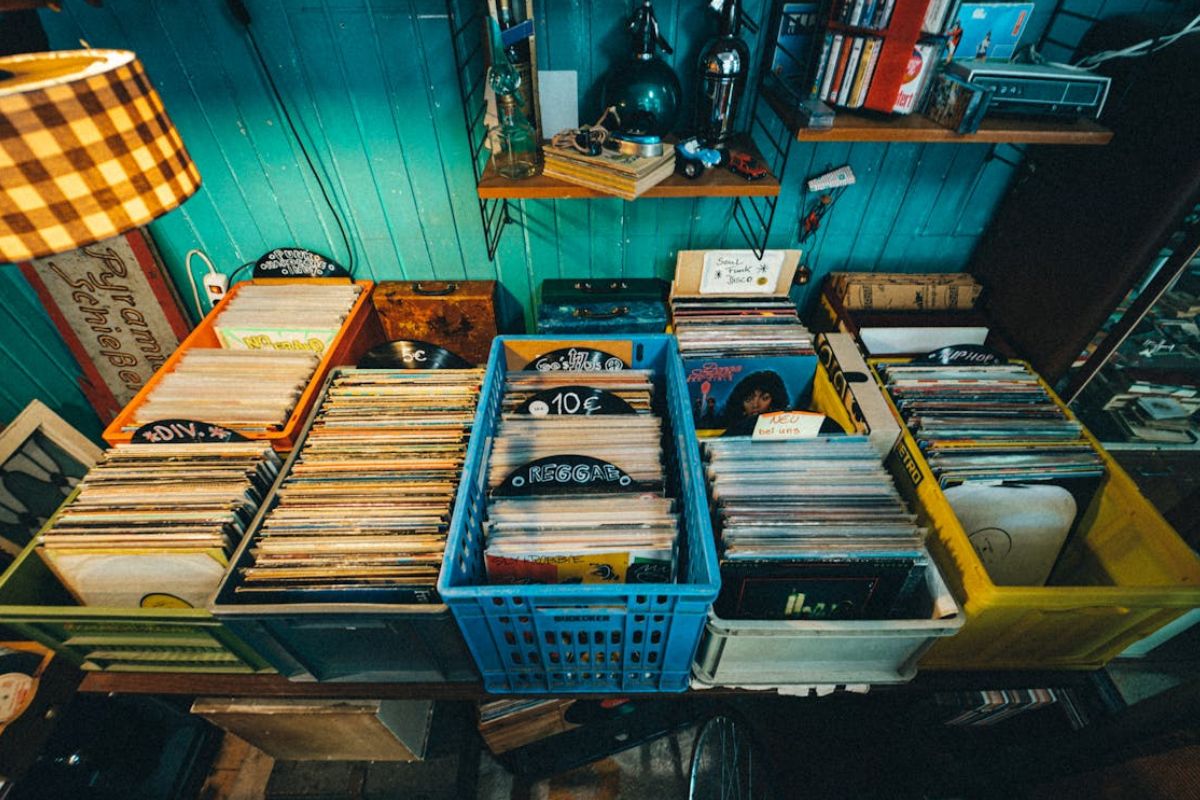The independent music scene has always been a symbol of creativity and resilience. Artists stepping outside the boundaries of traditional record labels to forge their own paths embody the spirit of independence. In recent years, the evolution of technology and the rise of independent music streams and indie music labels have reshaped how music is created, distributed, and consumed.
While these changes have empowered artists like never before, they also come with challenges. Let’s dive into the journey of independent music and explore how streaming and indie labels are driving this transformation.
The Roots of Independence
Independent music has its origins in artists seeking freedom from the constraints of major record labels. In the past, breaking into the music industry required substantial financial backing for studio time, production, and distribution. For many, this meant relinquishing creative control in exchange for exposure.
Indie music offered an alternative. Small, artist-focused labels began to emerge, prioritizing artistic integrity over commercial trends. These labels gave musicians the space to experiment and connect with niche audiences who valued authenticity over mass appeal.
The Streaming Revolution
The arrival of streaming services marked a turning point for independent music. Platforms like Spotify, Apple Music, and Bandcamp democratized access to audiences, allowing artists to share their work with the world without needing a major label’s infrastructure.
Opportunities in Independent Music Streaming
- Global Reach: Streaming platforms break down geographical barriers, enabling independent artists to reach listeners across the globe.
- Cost-Effective Distribution: With platforms offering affordable ways to upload and share music, artists no longer need to invest heavily in physical distribution.
- Data Insights: Streaming services provide detailed analytics, allowing artists to understand their audience better and tailor their strategies accordingly.
Challenges of Independent Music Streaming
- Low Payouts: Despite their reach, streaming services often pay artists fractions of a cent per stream, making it difficult for independent musicians to earn a sustainable income.
- Discoverability Issues: The sheer volume of music on streaming platforms means that standing out can be a daunting task for emerging artists.
- Algorithm Dependency: Many streaming platforms rely on algorithms that can prioritize already popular tracks, making it harder for lesser-known artists to gain visibility.
The Role of Indie Music Labels
While streaming services have opened doors, indie music labels continue to play a crucial role in supporting artists. These labels bridge the gap between creative freedom and professional guidance, offering resources and expertise without compromising artistic vision.
How Indie Labels Empower Artists
- Creative Control: Unlike major labels, indie labels often allow artists to retain full control over their music and branding.
- Nurturing Talent: Indie labels prioritize building long-term relationships with artists, investing in their growth rather than seeking immediate commercial success.
- Community Building: Many indie labels focus on fostering a sense of community, connecting artists with like-minded creatives and loyal audiences.
Challenges Faced by Indie Labels
- Financial Constraints: Without the vast budgets of major labels, indie labels must carefully allocate resources to promote their artists effectively.
- Market Competition: Competing with the marketing power of major labels and the endless content on streaming platforms is a constant uphill battle.
- Retention of Talent: As artists grow more popular, some may be tempted to switch to major labels offering larger contracts and broader reach.
The Balance of Independence and Success
Independent artists today face a delicate balancing act: maintaining creative freedom while navigating the commercial demands of the music industry. To succeed, many artists adopt a hybrid approach, leveraging both independent music streams and the support of indie labels.
Strategies for Independent Artists
- Leveraging Multiple Platforms: Diversifying distribution channels, from streaming services to social media, ensures broader reach and audience engagement.
- Building Direct Fan Relationships: Platforms like Bandcamp and Patreon allow artists to connect directly with fans, offering exclusive content and fostering loyalty.
- Collaboration with Indie Labels: Partnering with an indie label can provide the resources and expertise needed to scale their careers without sacrificing independence.
The journey of independent music is one of constant reinvention. From the early days of DIY production to the global reach of streaming services, indie artists and labels have shown remarkable resilience and innovation.
While challenges remain—such as fair compensation and visibility—independent music streams and indie music labels offer a beacon of hope for artists seeking to carve their own paths. By prioritizing creative freedom and fostering genuine connections with fans, they ensure that the spirit of indie music remains as vibrant and compelling as ever. For music lovers, supporting independent artists and labels isn’t just about enjoying great music—it’s about championing a movement that values artistry, individuality, and community. The future of independent music is bright, and it’s a journey well worth supporting.

